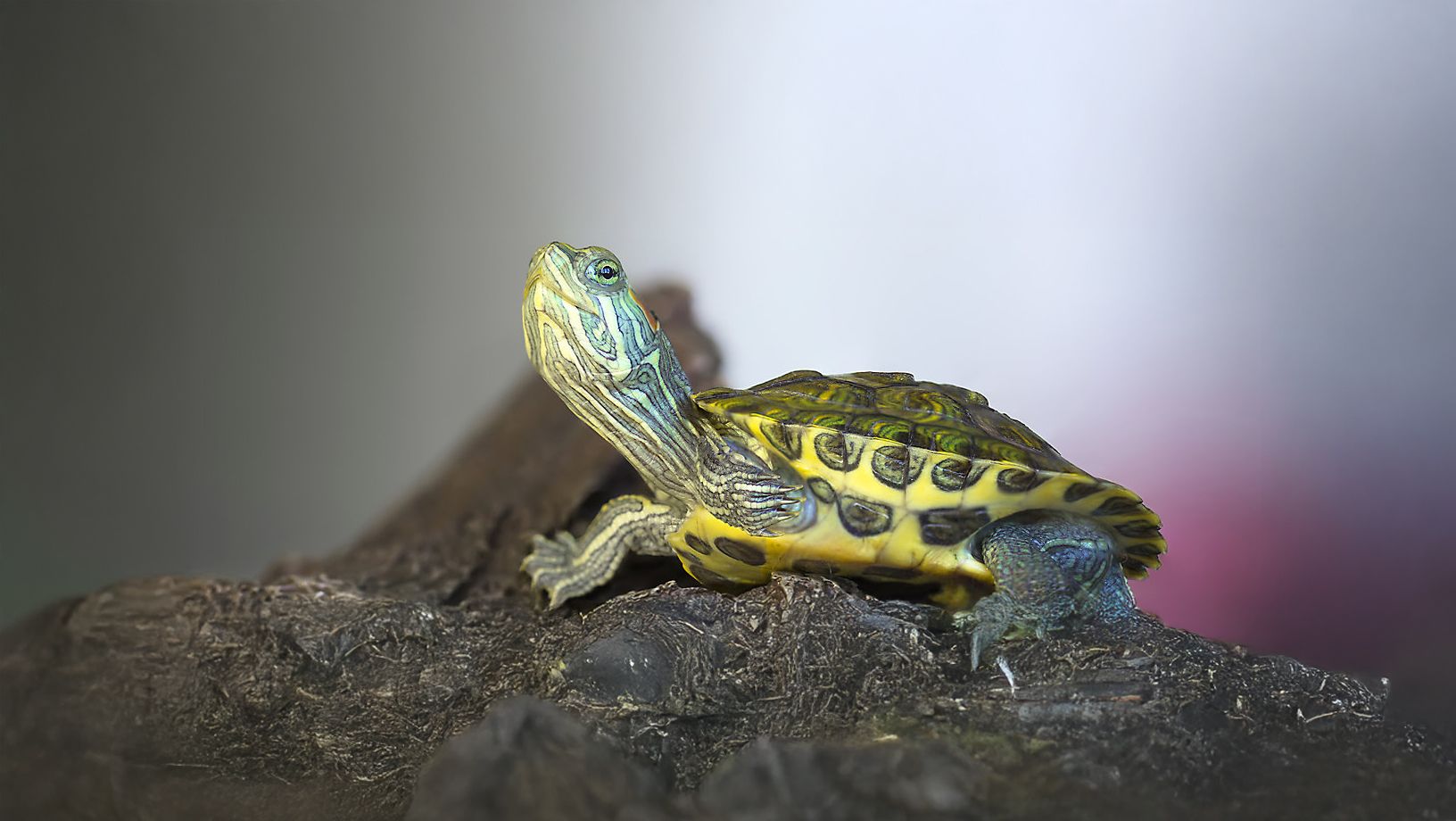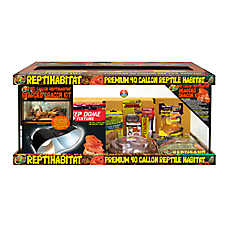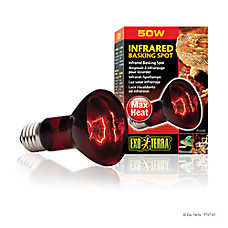10 Things You Need to Know About Keeping Reptiles as Pets

In this Article
Reptiles make great pets. They are beautiful to look at, easy to set a routine for, and don’t take up too much space. While every reptile needs something a little different to live their best life, a lot of their basic needs are similar.
The Best Reptiles to Keep as Pets:
There are dozens of reptiles that make great pets, although not every reptile does. A few great options for anyone considering getting a pet reptile include:
- Leopard Geckos
- Aquatic Turtles
- Box Turtles
- Greek/Russian/Hermann’s Tortoises
- Red-Footed Tortoises
- Corn Snakes
- Milk Snakes
- Ball Pythons
- Bearded Dragons
Tips for Pet Reptiles:
- Get The Right Sized Habitat
Every pet reptile needs a habitat, also referred to as a terrarium, tank, aquarium or enclosure, that is the right size for them. For example, a red-footed tortoise needs at least a 50-gallon terrarium to thrive, whereas a leopard gecko only needs a 20-gallon tank. Make sure to do your research to figure out what size tank is best for your pet.
- Get the Right Lid for Their Terrarium/Tank
Some reptiles can be master escape artists. Snakes are especially good at slithering out of their enclosure. A screened lid will work best for keeping your pet in their habitat so that they do not get lost in your home.
- Learn What Temperature Makes Them Happy
While your home might be the perfect temperature for your comfort, it’s not likely that it mimics the temperature and humidity of their natural environment. Many reptiles are used to warmer temperatures and a warm sun shining on their face. Most tanks should include a heating/lighting system that helps mimic the daylight hours of their natural ecosystem along with the warmth. Most habitats will need a temperature gradient, where one side of their habitat is cool, and the other side is warm, with a basking spot. Aquatic reptiles will need an aquarium water heater.
- Use A Hygrometer to Measure Humidity
Some reptiles prefer highly humid environments where others do not rely on the moisture in the air nearly as much. There are habitat accessories like foggers and misters that can be used to increase humidity in a terrarium. Pet parents should use a hygrometer to track the humidity and do plenty of research about what percent humidity is best for that specific pet.
- Find the Right Substrate for Your Reptile
Substrate is what you line the bottom of your reptile’s habitat with to make it more comfortable. It will give them a place to crawl and dig along and use the restroom. There are reptile-safe substrates, tile, and carpet that are designed to meet their needs. Make sure to get the one that is best for your pet.
- Determine How They Will Need to Be Fed
Some reptiles are herbivorous, while others are omnivorous or carnivorous. Knowing what they eat will help you figure out what you will need to feed them. If your reptile uses substrate that could be mistaken as reptile food, you might want a reptile food dish that separates the two, keeping them from eating their substrate. If your pet eats insects, you might need reptile insect tongs to deliver those yummy snacks.
- What Kind of Decor/Habitat Accessories Do They Need?
Does your pet come from an environment that is rich with plants and foliage? Do they like twigs, branches or logs? How about things to climb? Your reptile will need habitat décor to help keep them busy and enjoying their environment. For example, bearded dragons love to climb on things, so logs and ramps would make great additions to their home.
- Get Reptile-Safe Habitat Cleaning Supplies
You will need to clean your reptile’s habitat regularly to make sure there isn’t a buildup of bacteria. Make sure to remove droppings as necessary and replace their substrate/bedding regularly. When you do, make sure to use reptile-safe cleaning supplies like habitat sanitizers and deodorizers.
- Set A Routine
One of the best parts of having a pet reptile is that they have a very regular routine. Make sure to create a routine that will help your pet thrive but also makes sense for your schedule. Once you get a routine in place, you can stick to it and make sure your pet is always cared for.
- Find a Vet Who Is Familiar with Reptiles
Not every veterinarian knows how to care for pet reptiles. Before you bring your pet home for the first time, find a veterinarian s in your area who knows how to help. Your pet will need an annual checkup along with someone who can help should you need immediate care.
If you need a great place to start to gather all of the best reptile supplies, try a reptile starter kit to get the essentials.
Information in this article is not intended to diagnose, treat or cure your pet and is not a substitute for veterinary care provided by a licensed veterinarian. For any medical or health-related advice concerning the care and treatment of your pet, contact your veterinarian.



